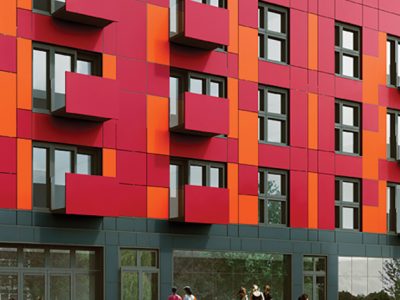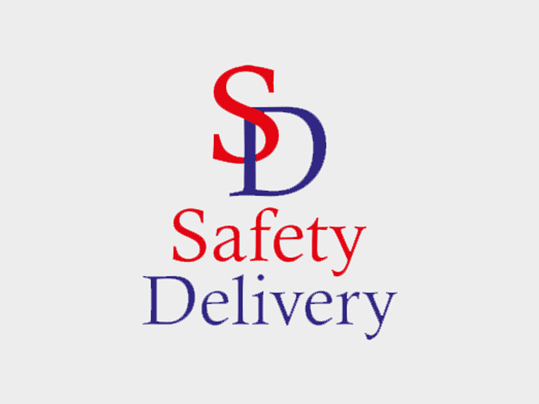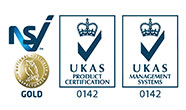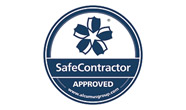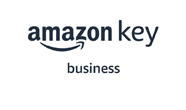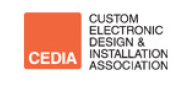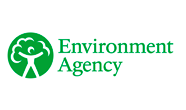white paper
Ingeny, the home automation division of Interphone, has commissioned an industry whitepaper for house builders and developers, which provides useful insight into this emerging technology. A range of considerations and issues are discussed in order to provide a better understanding of the current status of home automation and generate debate amongst those within the construction sector that it is likely to effect in the future.
home automation and smart living – building for the future
Home Automation (HA) is moving steadily on its way towards becoming the norm, rather than the exception, for new properties. Its progress may not be as fast as some technophiles have been predicting – but it remains a much more plausible scenario than that of the ‘household robot’ which regularly surfaces in the media.
High speed wi-fi is now standard, most people have smartphones and ranges of internet-connectable products are entering the market. By 2020, most people in the UK will have smart energy meters and thermostats, with appliances such as fridges connected to them to ensure more efficient energy use.
Connection and communication are the underlying principles of HA and, once in place, offer expanding possibilities. With inevitable progress in technology, systems will become progressively easier to use and more affordable for the less affluent. Not least important. HA has the potential to save householders money – a major asset given the likelihood of future energy price rises.
The main attraction lies in the ability to deliver sophisticated and efficient overall management of the home itself, the electrical equipment that operates inside it, and daily household needs ranging from internal and external security to home entertainment. For all of these, it offers the time-and cost-saving benefit of centralised and personalised control – internally or, via the internet, remotely. It can also support applications destined to meet specific needs, such as those of the elderly and disabled – including people living in sheltered housing. It can give them a better quality of life and make them less dependent on carers or likely to go into institutional care.
Typical examples of benefits over and above the standard control features include personal activity and health monitoring, sending automatic SOS calls in emergencies, and giving safety-critical important reminders, for example, to turn off an oven or centrally lock all doors.



